Queensland’s Gulf Country: welcome to barra-dise
Ambiguities and oddities abound in the saltwater outback expanses of Queensland’s Gulf Country.
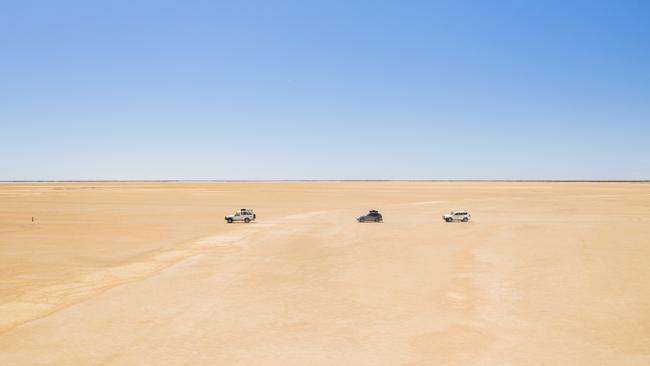
Wide brown land, wide brown hats, laser-flat savannah and a train that runs from nowhere to nowhere. Queensland’s overlooked west coast is raw and wondrous, and draws you right in.
Like its Gulf of Carpentaria waters – Arafura-blue but snap-happy with crocodiles – the ambiguities and oddities of this saltwater outback are the thing. A trio of towns here, Normanton, Karumba and Burketown form their own Golden Triangle, with a touch of Bermuda Triangle: Big Smoke obsessions like newspapers, celebrity and ships of state sink here without trace.
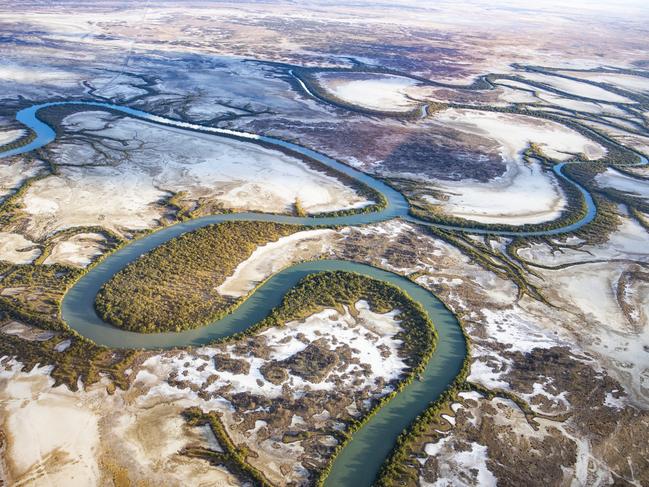
Dry season arrives around April with increasingly flash grey nomads rolling into Normanton sporting thousand-yard grins and with watches set to wine o’clock. They’ve reached their land of barramundi dreaming, 2700km from Brisbane and a thousand proverbial miles from care. The town’s 19th-century streets were built wide enough for bullock teams to do wheelies but more recently someone threw a paintbox into the mix. The famous Purple Pub is now rivalled by the lime-green butcher and the hot pink bakery. It’s lunchtime at the latter. I wander in, noting the display of ready-to-go salad rolls.
“A salad roll, please.”
“Certainly. What’ll it be, pork or beef?”
“Just salad will do, thanks.”
“Sorry, all our salad rolls are made with meat.”
Obviously no country for old veggos, but just the place for a beef salad treat.
In the 1890s, Normanton was known as the Capital of Carpentaria and plenty of the era’s elegant architecture still remains. Don’t miss the grand, refurbished Burns Philp trading depot or historic Gulflander train to “nowhere”, aka Croydon. Nor the life-sized replica of Kris the Croc. With jaws that could down a bullock like a beef salad sub, “Krys the Savannah King”, at 8.63m long, is the largest crocodile ever shot. The two-tonne saltie met its match in local hunter Krystina Pawlowska in 1957. And yes, it’s still not safe to go back in the Norman River.
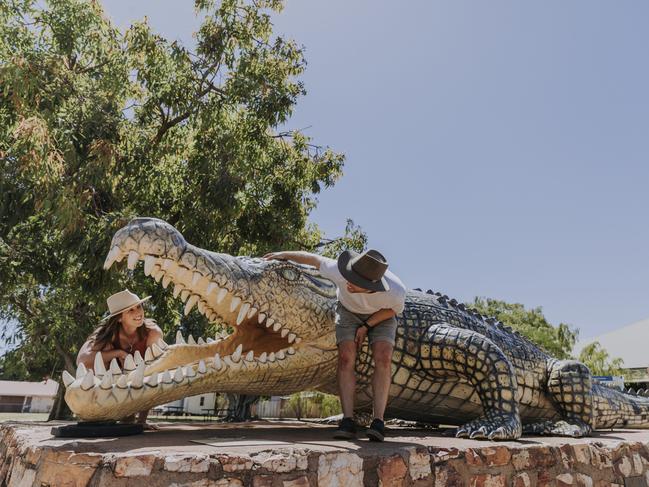
Karumba, 70km away at the mouth of that river, is the only town in the “triangle” that’s actually on the coast, making this a fisherman’s nirvana, “barra-dise”. Naturally, there’s a counter-moan about it always being “too wet or too dry” here, but for me the May temperatures of about 27C are perfect.
Any scribe who tries to capture the Gulf Country’s swings of climate and mood stands a greater chance of dying of thirst or drowning in the wet season than succeeding. Of all the unlikely passing bards, famed Californian rockers Red Hot Chili Peppers came closer than most, with their 2006 song Animal Bar nailing the Gulf’s extremes: “the cry of isolation/the high of meditation/for sweet precipitation.” They’re talking about the Karumba pub’s legendary Animal Bar where, during the roaring days of last century’s prawn and barramundi “rushes”, celebrations could get so, well, animated that every movable item, including ashtrays, was bolted down. Just one Queensberry Rule applied: all brawls to be settled by sunrise. I enjoy a dust-clearing beer at the breezy, open-fronted bar. The barstool isn’t bolted down; a sign of the times. It’s a sunny mid-afternoon and there’s not a fight in sight. Just a lanky young ringer (with wide brown Akubra) in from a cattle station playing pool with his girlfriend. The only more civilised place might be the Animal Bar’s neighbour, the ironically named Suave Bar.
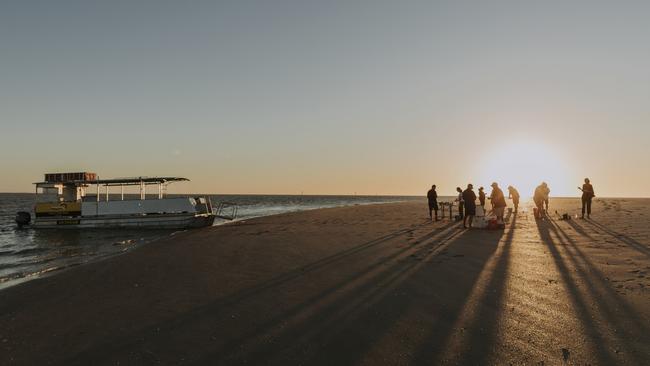
From a seafront suite at Karumba Point’s perfectly named End of the Road Motel, I see the afternoon parade of charter fishing boats and tinnies returning with their trophies, including, I assume, a swag of barramundi. A Pavlovian twitch kicks in and I go in search of the fabled dish.
There’s an Aperol sunset splashed across the horizon and I’m primed for a serve of fresh-caught barra – “authentically trawler-to-table”, as some earnest foodie might enthuse. Although served just metres from Gulf waters, the price is a Sydney or Melbourne-style $30, but I’ve had much better in both places. “That’s because,” explains Len, an annual nomad at the next table, “most of the catch is snap-frozen on board and shipped straight east to market. Then it’s sent back here again. Your dinner’s probably already seen the Opera House. How good is Australia, hey?”
Over the next few days I don’t find a local who contradicts this proposition, but I do find fresher fare. Tip: try the barra burger at the hi-tech Les Wilson Barramundi Discovery Centre; or as a main, back at Normanton’s Albion Hotel.
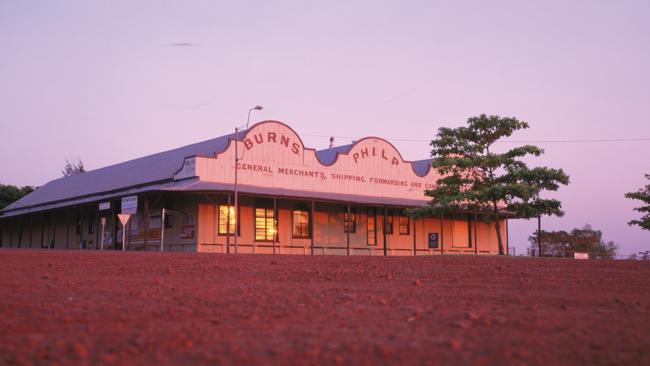
I hop aboard Ken Nottle’s Croc and Crab Tours to explore the wilds of Karumba’s Six-Mile Creek. It turns into an extraordinary morning of creatures, including the tour’s name-tick pair, giant mud-crabs and an exhibitionist, 4m-long crocodile called Hollywood that can’t stop posing for photos. Then come the white-blazed sea eagles and swooping kites, plus jabirus, pelicans, mangrove forests and Nottle’s yarns about crocs – “big lizards”.
Back on shore, southern number-plate nomads with new boats in tow roll up to Karumba Point’s wide, purpose-built launching ramp. I run into Len again who enlightens me on something called “ramp rage”. He explains with a chuckle: “Newbie fishermen – some of ’em – they’ve ditched the rat race, come here with all the time in the world. But do you think they can wait five more minutes while the bloke ahead on the ramp launches his tinny?” A nearby signboard informs that in the local language Karumba possibly means “Spirit of an old man”. Apply that as you might.
The Savannah Way runs 230km west to Burketown. The drive is a rolling meditation on a landscape that changes from coolabah plains to river gum stands to floodways and back again. Cemetery-like cities of termite mounds, flash mobs of cattle. Brahminy kites, brolgas and wedge-tailed eagles. Leichhardt Falls. At times I stop the ute just to take in the giant silence and cumulus clouds stacked to the horizon in infinite regress.
Hapless explorers Burke and Wills didn’t make it this far — they turned back defeated near Normanton in 1861 — but later settlers borrowed Burke’s name and put up a town. Unlike the man, Burketown on the Albert River was a success and, more so, is now a notable Aboriginal success. The local Gangalidda-Garawa people settled their native title claim early and got on with the job of building assets and financial independence.
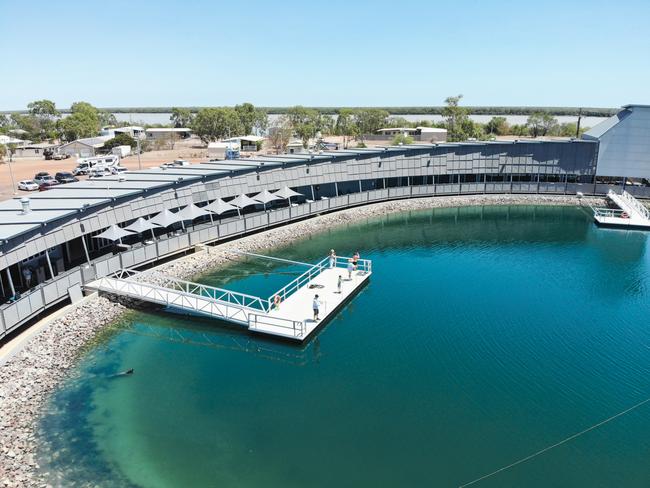
I check into a well-appointed cabin at the Indigenous-owned Savannah Lodge – an oasis of lush greenery and good cheer – and later fill my tank at the similarly owned fuel depot. Over the next days I’m too busy with Yagurli Tours’ excursions to hot springs, billabongs, tag-along drives, a sunset cruise and stargazing to even have time for a beer at the rebuilt pub which, like the Yagurli company, is also owned by the local community. “Mob” seems too casual a term for these smart operators.
With Aboriginal rangers Pat Cumsing and Lurick Sowden, I head out at dusk to the nearby salt pan, Australia’s largest. As the sky fades to darkness they set up a barrel-sized telescope focused on the full moon. The icy, high definition image is stunning although the lunar brightness swamps the night’s paler constellations.
Later, when the moon wanes, the sky will be noisy with stars and the guys will remap the heavens with “sky dreaming” stories.
Meanwhile, we sit around a desert campfire talking story, from traditional burning techniques to 21st-century stewardship such as clearing ghost-nets and monitoring crocodiles, all logged to digital databases.
They’re proud that Burketown has grown to a model community where the school has a 90 per cent attendance rate. And that their newest tourism enterprise is about to take off, quite literally, with hot air balloon rides over this majestic salt pan.
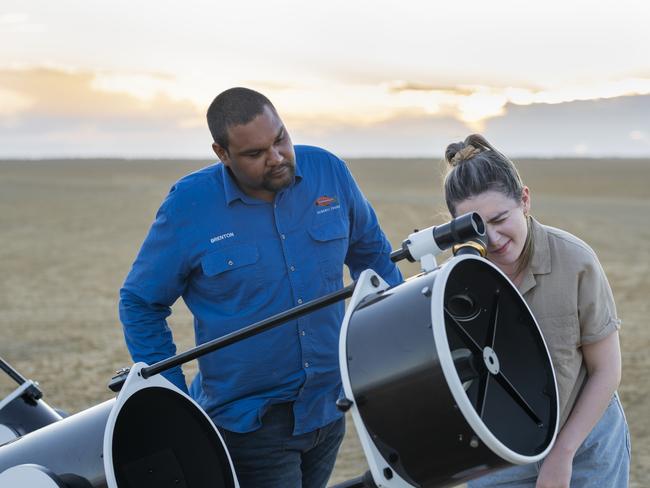
More to the story
When Dutch navigator Willem Janszoon sailed from Batavia (Jakarta) in 1606 and landed near Mapoon in the eastern Gulf of Carpentaria, he became the first known European to set foot on Australia. Jan Carstenszoon followed in 1623, naming the Gulf after Pieter de Carpentier, governor-general of the Dutch East Indies. Abel Tasman ventured deeper in 1644 and named the Van Diemen’s River, today’s Norman River, which Matthew Flinders also sighted on his 1802 circumnavigation. Quite possibly they were all beaten by decades or even centuries. Trepang fishing prahus from Makassar, Sulawesi, regularly visited northern Australia, probably from the mid-1600s if not earlier.
The first European overland party to reach the Gulf was the ill-fated Burke and Wills expedition of 1861. You can visit their “turn-back” spot, Camp 119, the northernmost point of their transcontinental trek, 30km from Normanton. It’s a poignant site beside a tranquil billabong.
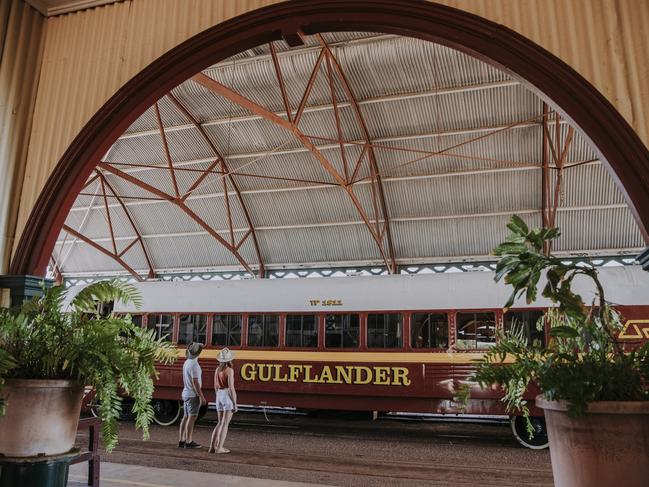
In the know
Wet season in the Gulf Country is from October to March, while April to September is dry.
Rex Regional Express flies to Normanton and Burketown from Cairns.
Air Adventure runs bespoke and small-group air tours while Wagga Air Centre offers private fly-in Gulf fishing charters.
The three-hour Croc and Crab morning nature cruise operates on Tuesday and Saturday; $75 an adult.
Yagurli Tour’s Yaliya’s Stories (Stargazing) tour goes for 2-2½ hours and includes light snacks and hot drinks; $95 an adult.
Barramundi Discovery Centre is open daily at 9am. Admission is free and the Feed-a-Barra experience is $28 an adult.
Ride the Gulflander train from Normanton to Croydon or vice versa; $69 one way, $115 return.
Accommodation is available at the Croydon Club Hotel, Normanton, Gulfland Motel, Karumba’s End of the Road Motel, and Savannah Lodge, Burketown.
gulflandmotelandcaravanpark.com
John Borthwick was a guest of Tourism and Events Queensland and Tourism Australia.

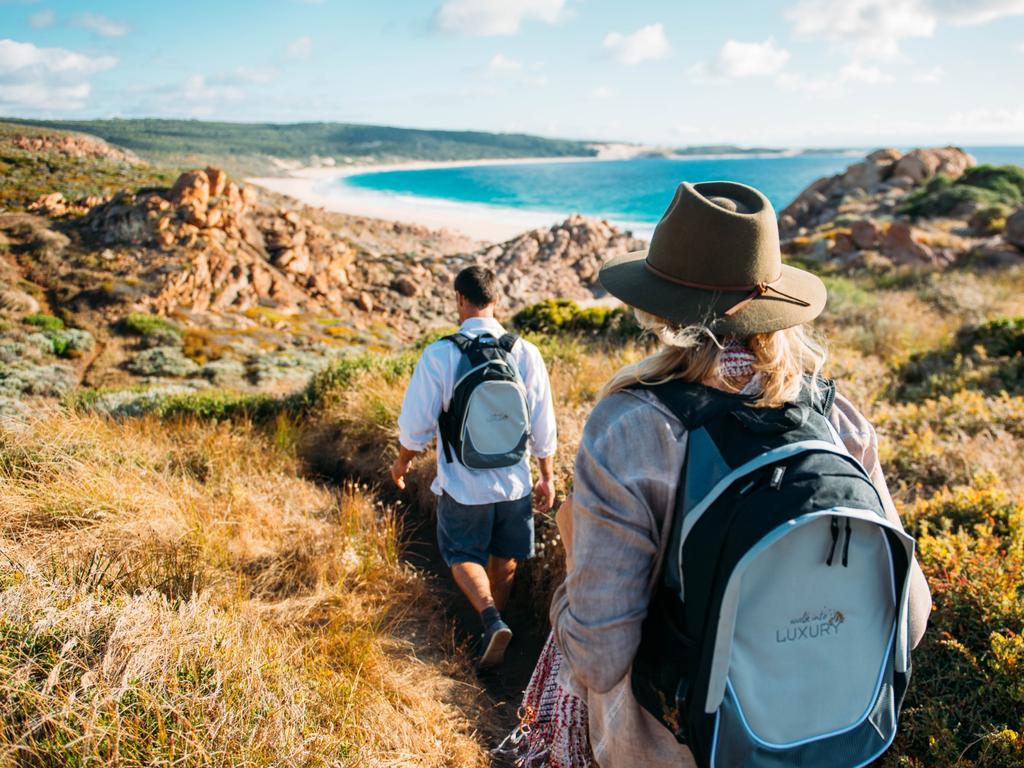
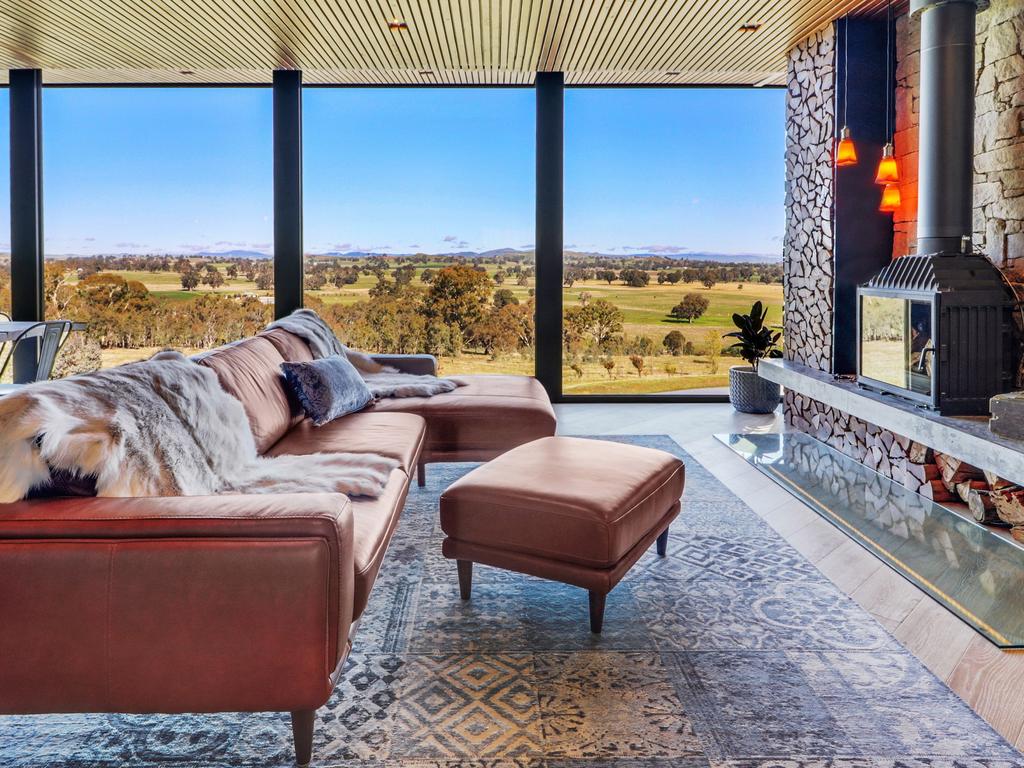
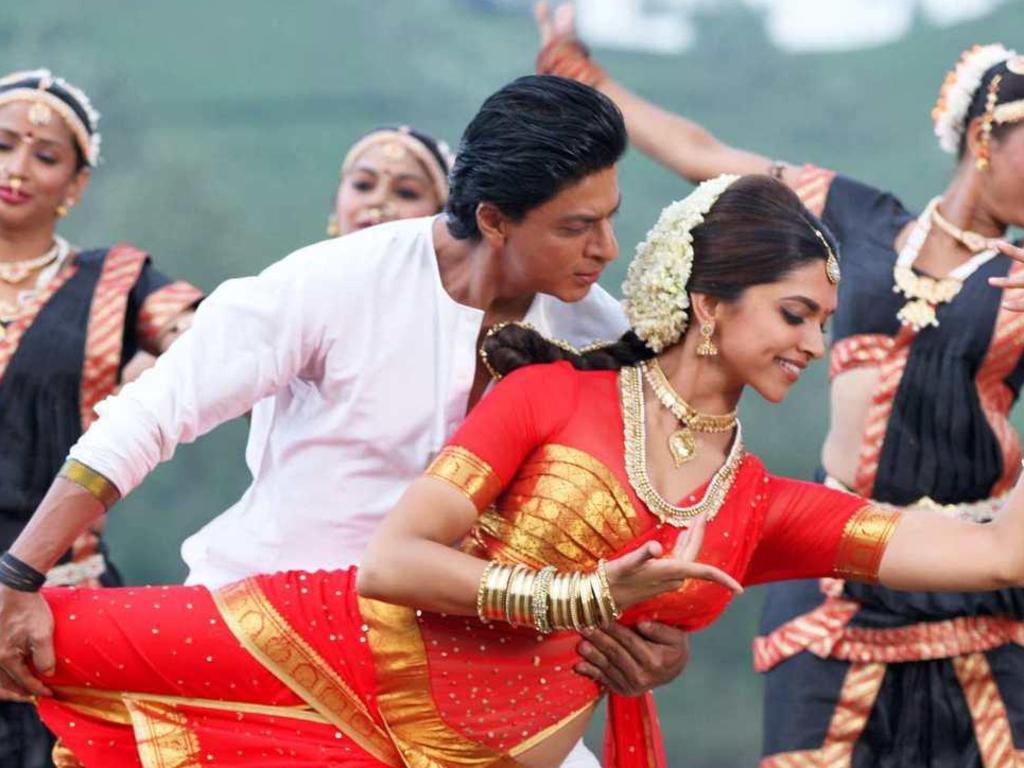
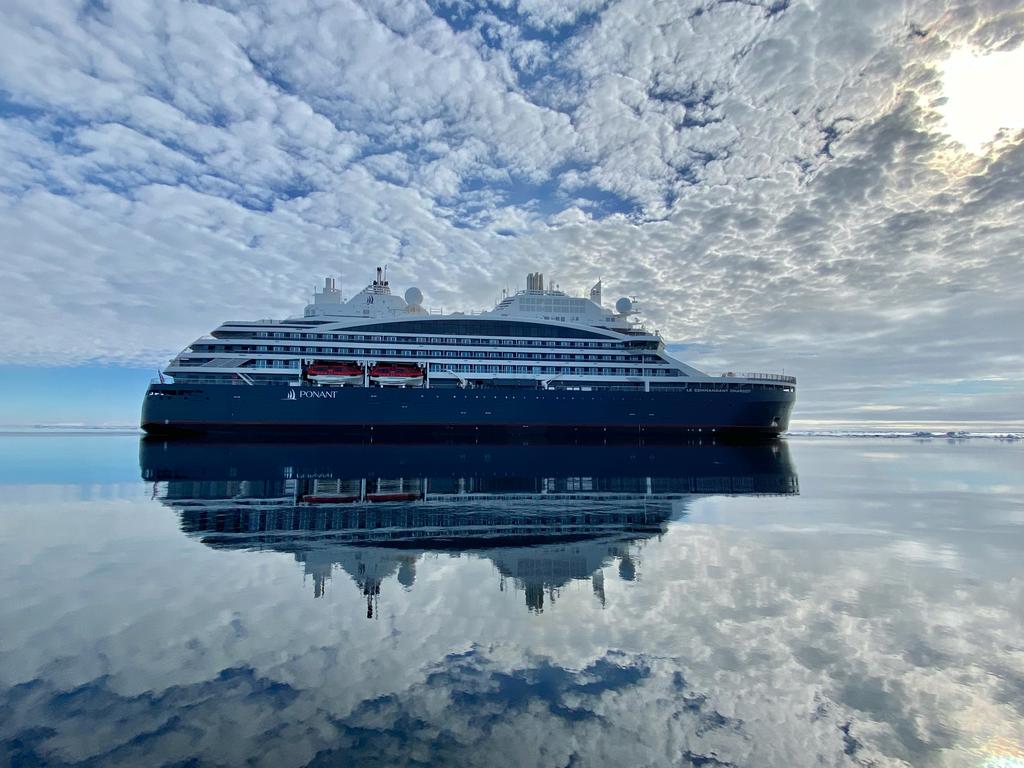
To join the conversation, please log in. Don't have an account? Register
Join the conversation, you are commenting as Logout